John Swinney was quick to denounce the political instinct to do more shouting than listening.
Quickly after becoming first minister three weeks ago, he claimed to be on a mission to unite his fractious SNP as well as the country.
This commitment perhaps influenced Mr Swinney’s choice to grant his first long-form interview and public Q&A session since he took over from Humza Yousaf to The Courier – the news title covering the constituency he’s served for over two decades.
It would prove to be the first real test of his promise. And on Thursday evening he was all ears as he engaged with the near 200-strong audience in DC Thomson’s Dundee offices.
It suggests he will welcome accountability from those who can confidently assess the sincerity of his words.
In the end, his efforts seemed to impress even the more sceptical in the audience.
Despite being one of Scotland’s most well known public figures, he was most revealing discussing more personal matters.
Since moving into Bute House, he has repeatedly stressed what is central to his character: the importance of his family, and how his faith drives a commitment to public service.
His belief in doing something for others was the topic he returned to time and again – whether discussing his decision on seeking the SNP leadership and assessing his decades long ministerial career.
That drive to serve at a difficult time for the SNP, as opposed to political goals or naked ambition, is what he appeared to want the Dundee audience to understand as his guiding principle.
Rather than well-worn stump speeches about the merits of Scottish independence or a strong defence to criticism of the SNP government’s record, it was a question from the audience about how young people could be engaged in politics that provoked Mr Swinney’s most memorable moment.
He returned to his raison d’etre – public service – passionately telling the crowd that he would seek to show the best of politics to young people, how they could use political power to change and improve lives.
In a world where politics is too often reduced to a zero-sum game, Mr Swinney’s approach, if successful, may prove effective.
It may also require his opponents to change their strategies.
His message on Thursday evening appeared to reflect an awareness that he has to step out from the shadows of his predecessors.
As one of the closest, most loyal lieutenants of both Nicola Sturgeon and Alex Salmond, Scots associate the Perthshire MSP with their time at the top.
Public fatigued after 17 years of SNP government
However, after three SNP first ministers and 17 years in government, the party has grown uneasy and the public is fatigued.
Alex Salmond, Nicola Sturgeon and Humza Yousaf all opted for a muscular approach to opposition or criticism. They doggedly refused to cede ground, buoyed by successive election victories.
Mr Swinney knows a similar strategy rooted in an unshakeable confidence in the SNP’s dominance is unlikely to work. Instead, he seems willing to show an acceptance that his next steps require careful thought.
His commitment to this may yet be tested further when it moves beyond the everyday policy agenda to a discussion about the SNP’s central proposal.
Much of Nicola Sturgeon and Humza Yousaf’s time as SNP leader was dominated by dealing with their memberships’ expectations of independence.
Ms Sturgeon was repeatedly accused of marching her troops up the hill, even setting a date for a referendum, only to be forced to return them to base camp.
Meanwhile, Mr Yousaf’s first party conference was dominated by a lengthy debate on independence strategy, deciding how the SNP’s next “mandate” would be measured rather than determining what a new SNP government would do to improve Scotland.
There is doubtless enthusiasm for Scottish independence post-Brexit. But nationalists, perhaps blinded by their deep conviction, have yet to honestly assess whether mandates based on a slight majority, rather than a truly convincing shift in consensus, can be achieved.
They are the conditions required to avoid a repeat of the destructive division which rocked the UK since leaving the EU.
Only months into the job, Mr Swinney will face a prompt test at the ballot box on July 4, with voters afforded an opportunity to deliver an early verdict.
The result, but perhaps more importantly his response, will determine if he can navigate the SNP into new waters in time for the 2026 election. Can he hope to secure an unprecedented fifth term in government, or will he go down with ship as voters demand fresh faces and new answers?
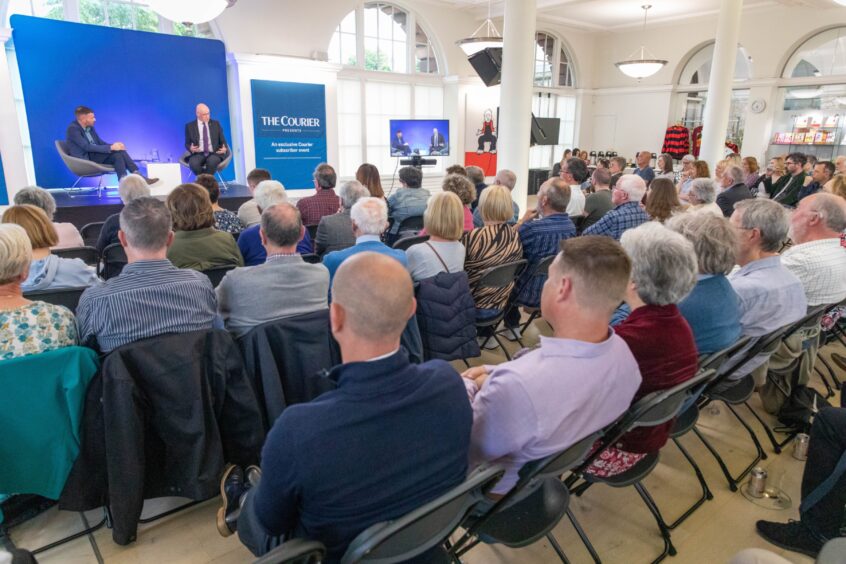
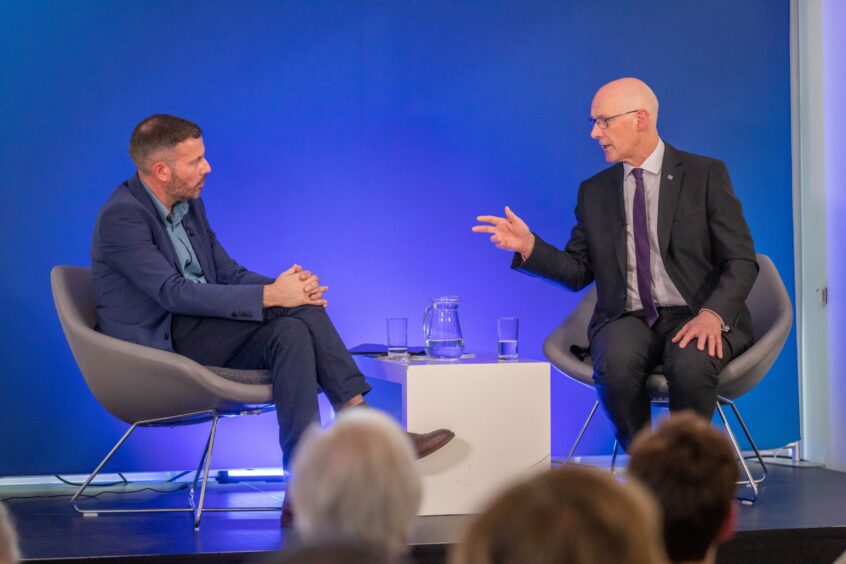
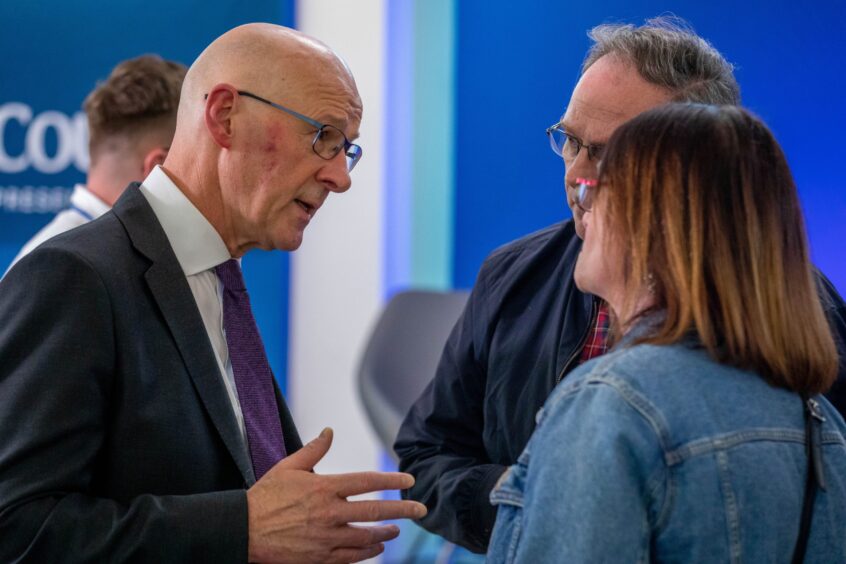
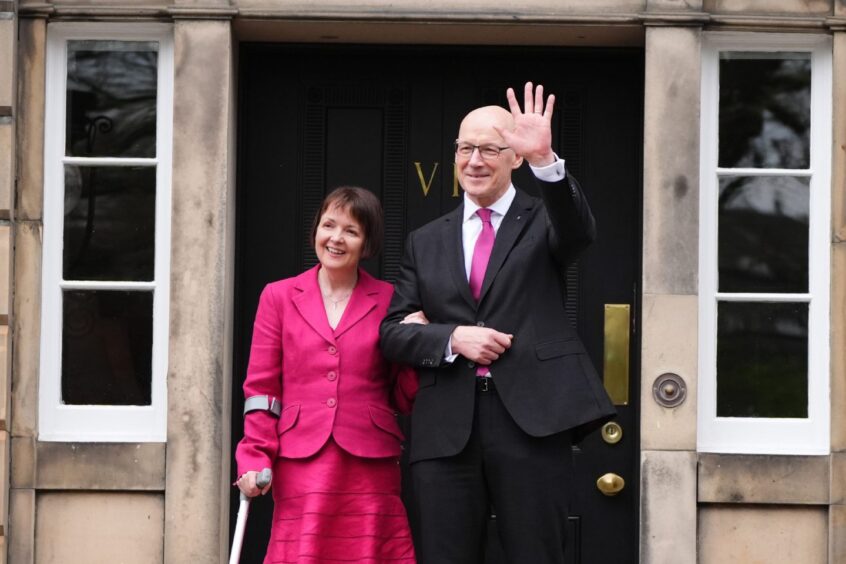
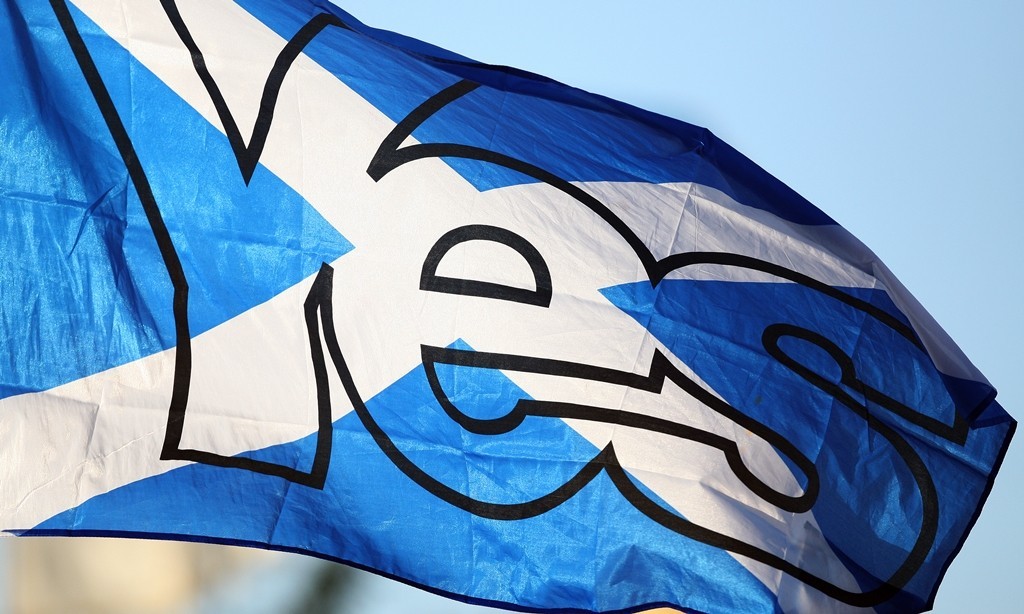
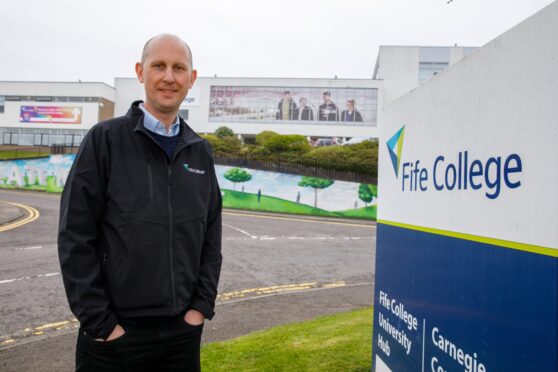
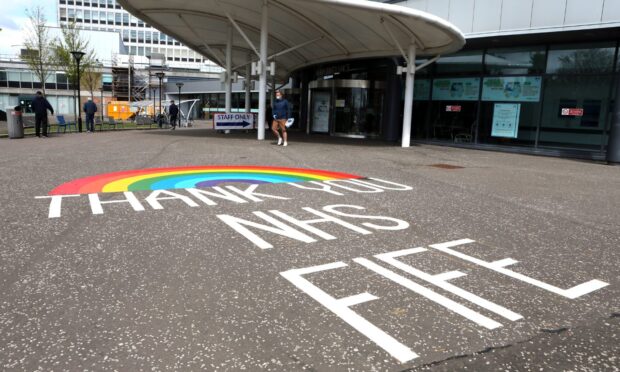
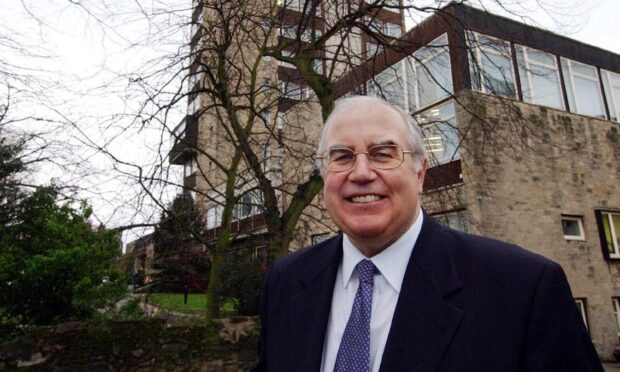


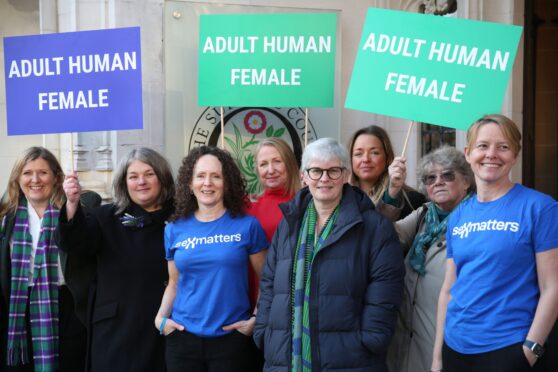
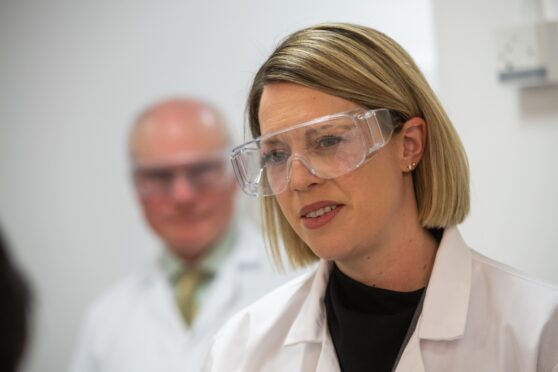
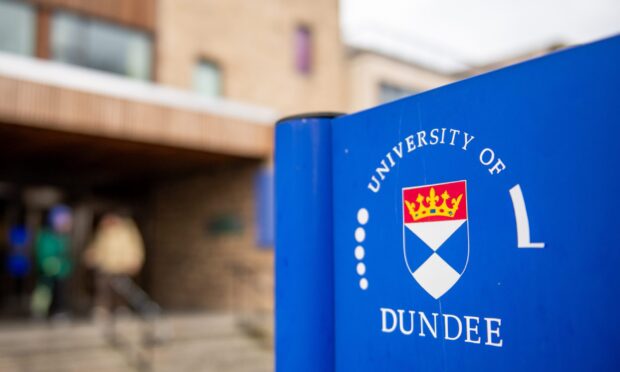

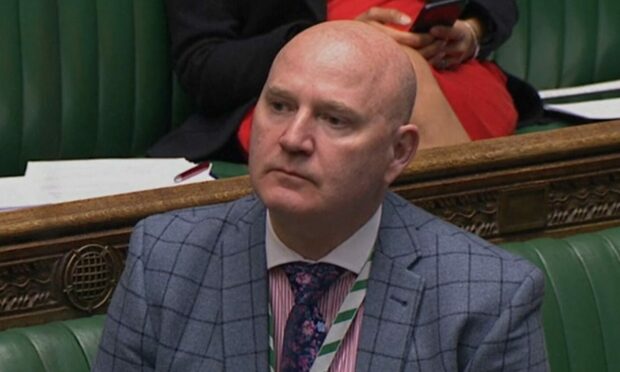
Conversation